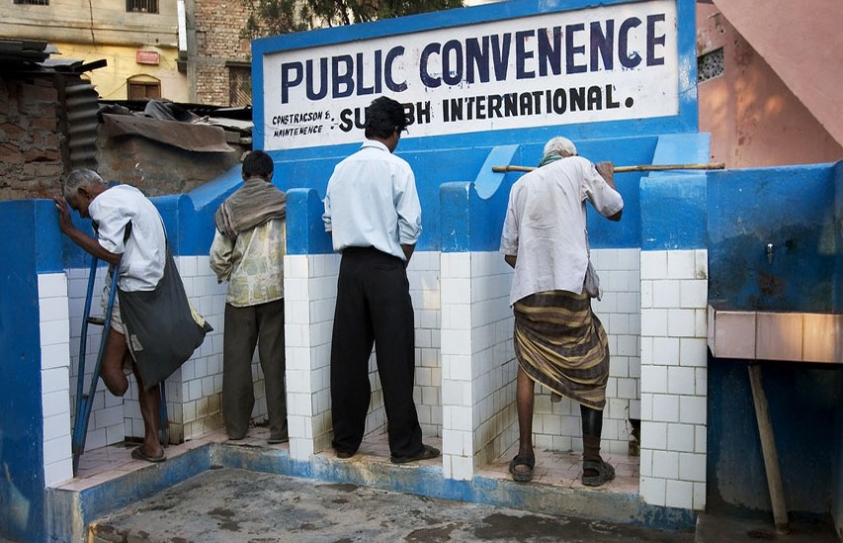
Why Is It Easier for India to Get to Mars Than to Tackle Its Toilet Challenge?
by The Daily Eye Team November 28 2016, 3:52 pm Estimated Reading Time: 1 min, 8 secsIn 2013, India became the fourth country in the world (after Russia, the US and the EU) and the only emerging nation to launch a Mars probe into space. But it remains part of the group of 45 developing countries with less than 50% sanitation coverage, with many citizens practising open defecation, either due to lack of access to a toilet or because of personal preference.
According to the Indian census of 2011, only 46.9% of the 246.6 million households in India had their own toilet facilities, while 3.2% had access to public toilets. In this context, the remaining 49.8% households had no option but to defecate in the open. As a point of comparison, in 2011 53.2% of households had a mobile phone. In rural areas, where nearly 69% of India’s population lives, 69.3% of households lack toilets; in urban areas that number falls to 18.6%.
At first glance, such statistics and technological capabilities alongside large-scale open defecation is a puzzle. On the supply side, it does not seem difficult for a country that can construct sophisticated and complex cell phone technology to develop the capacity to build simple low-cost toilets. And for users, a toilet evidently offers more social benefits in terms of health and human dignity than a telephone.
Yet the citizenry has not enthusiastically adopted low-cost toilets, especially rural households. Why? Let us explore the reasons for this paradoxical outcome.





-173X130.jpg)
-173X130.jpg)


-173X130.jpg)
-173X130.jpg)
-173X130.jpg)